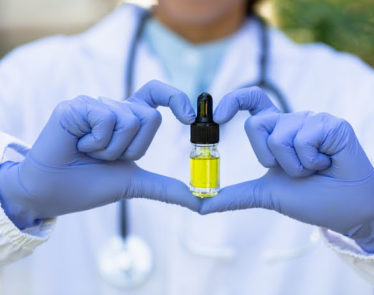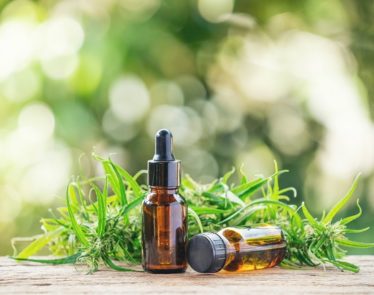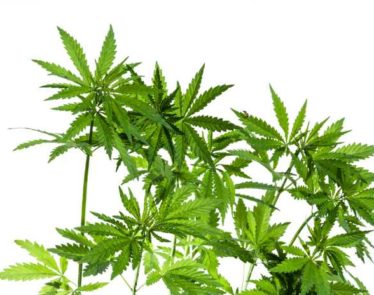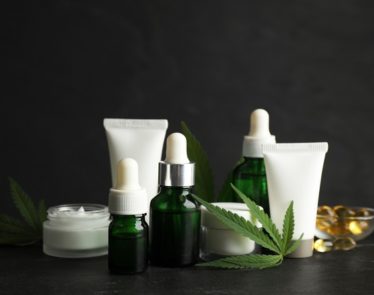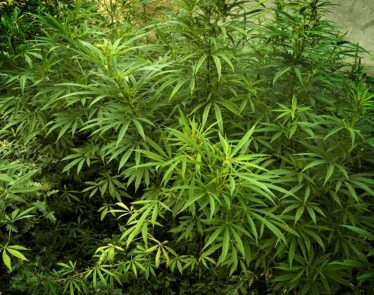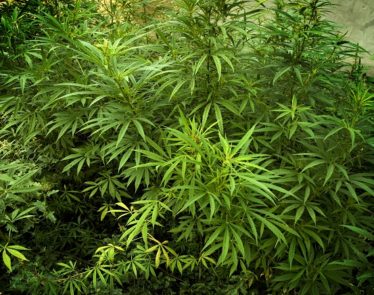
Hemp and marijuana are often mistaken for being the same thing. It can be confusing because there is a hoard of misleading information out there that is confusing people. Often, the words hemp, marijuana, and cannabis are used interchangeably. This has created difficulties in understanding the usage and benefits of both hemp and marijuana. So, hemp vs marijuana, what exactly is the difference?
Let's take a closer look!
Hemp vs Marijuana
Cannabis is a family of plants with two different classifications, Sativa and Indica. It is also an umbrella term, that is often confused as another term for marijuana. However, that is not entirely correct.
Hemp is a species of cannabis that is a member of the Cannabis Sativa family. Marijuana is a species of the Cannabis Sativa family as well, but due to each plant's biological structure, they have very crucial and distinct differences.
Therefore, both hemp and marijuana are classified under the cannabis 'umbrella.'
Hemp vs Marijuana: What's the Difference in Anatomy?
To the person with little knowledge of the industry, hemp and marijuana can look identical, but if you know what you're looking for, each plant is different.
Hemp leaves are silky in texture and are concentrated more towards the top of the plant, very similar to bamboo. Hemp stalks even have a similar texture to that of bamboo stalks. Comparatively, marijuana leaves are broad, and its plant has a short 'bush like' appearance.
Cannabis contains various compounds called Cannabinoids. The most dominant among them is Cannabidiol (CBD) and Tetrahydrocannabinol (THC). This is what strongly separates marijuana and hemp. Both of the cannabinoids have shown positive benefits to humans. THC gives psychoactive effects, while CBD does not contain any psychoactive properties.
Hemp contains very low concentrations of THC while marijuana has abundant THC concentrations between 15 and 40 percent. For this reason, hemp is grown for industrial purposes, and marijuana is grown for medicinal and recreational purposes.
Hemp vs Marijuana: What is Each Used For?
Hemp is used for industrial purposes, as the plant can produce hundreds of crucial resources we use daily such as biofuel, food products, paper, building materials, clothing and more. Yes, there is even a hemp protein powder.
CBD oil has become increasingly popular over the last decade. It is most commonly used for its 'calming' effects and is being rapidly placed in commercial edibles. Most CBD oil on the market in the US and around the world is hemp-derived. Hemp oil comes from the Cannabis Sativa plant, but only the seed is cold-pressed to obtain the oil. Hemp oil is regulated in production and tested for its THC amounts.
Due to marijuana's abundance of THC, it is used for its psychoactive properties for medicinal or recreational use. Marijuana is often smoked, ingested, inhaled, or injected directly into the body.
Cannabis oil is derived from the marijuana plant (Cannabis Indica). The oil is extracted from the leaves of the cannabis plant and contains high levels of THC. Currently, cannabis oil is not regulated in its production.
Hemp vs Marijuana: How are They Farmed?
Industrial hemp is grown up and not out. The reason being is that the focus is more on the length of the stalk rather than producing buds, like it is for marijuana. Generally, marijuana plants grow at an average of five feet in height, whereas hemp grows up to fifteen feet before harvest.
It is very difficult to grow marijuana in industrial hemp fields. Concentrated marijuana requires a large amount of space between each plant, to obtain enough sunlight to grow properly. In addition to space, THC-producing marijuana plants require humid and warm environments to produce quality THC-containing buds. For these reasons, marijuana grows best indoors.
Almost all commercial marijuana operations are done indoors in greenhouse facilities. Growers save money on electricity costs if they grow their crops outdoors, but pay more for irrigation. Indoor operations control the amount of humidity in the facility, which ultimately prevents mold from growing.
Since industrial hemp does not contain these special buds and the buds on the plant are hardly the most desired part of it, hemp grows in a wider range of areas. Hemp grows best on fields that produce a high yield of corn crops. It grows best in the Southwest, Southeast, and Northeast United States. In Canada, hemp flourishes well in the prairie provinces where most farming occurs for the country.
Hemp vs Marijuana: What are the Regulations?
Since there are so many differences between industrial hemp and high-THC marijuana, there are different regulations in place from a state and federal level regarding the two cannabis strains.
You may be wondering whether CBD is legal. As we discussed earlier, there are two different types of CBD oils. Those derived from hemp contain less than 0.3% THC and so are legal in all 50 states. Marijuana-derived CBD is a completely different story and only the states that have legalized marijuana allow marijuana-derived CBD.
There are also different farming regulations. At the federal level, hemp farming is illegal. Currently, there are only 19 states that can grow hemp crops. Coincidentally, the United States is the largest consumer of hemp products in the world but is the only industrialized country to restrict hemp farming.
Marijuana farming is a different story. THC-rich marijuana is often classified as medicinal and recreational. Currently, ten states within the US have legalized both the recreational and medicinal use of marijuana. These states include Alaska, California, Colorado, Maine, Massachusetts, Nevada, Oklahoma, Oregon, Vermont, and Washington. Michigan just passed a law in early November 2018 legalizing the use of recreational marijuana. Each one of these states has their own laws when it comes to the cultivation, usage, sale, and transportation of marijuana.
As of 2018, there are a total of 46 states where marijuana is legal with a doctor-written prescription for medicinal use. The only states that have completely banned the use of marijuana are Idaho, Kansas, Nebraska, and South Dakota.
Many regulators in states that have approved the use of medicinal cannabis are reviewing recreational cannabis benefits for their state. The big incentive for states to approve recreational cannabis is the revenue brought in from the sales tax on cannabis and cannabis products.
Featured Image: Depositphotos/© franky242






